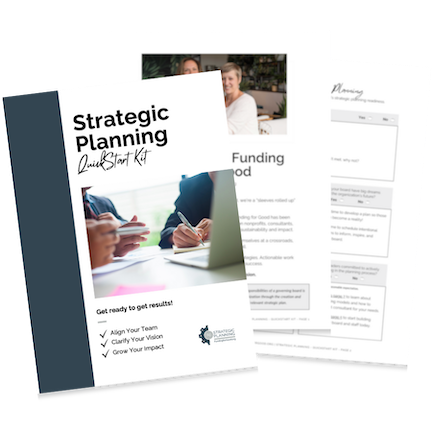Not every stakeholder is easy to work with. Sometimes stakeholders challenge our ideas. They may point out flaws in planning and ask seemingly endless questions. It’s natural to wonder: Is stakeholder engagement worth it?
The answer is a resounding yes. Let’s take a look at why.
The Challenge of Getting Projects to the Finish Line
Have you ever designed a project plan, gotten your colleagues on board, and launched the endeavor—only to see it flounder? If so, you’re not alone. 70% of organizations report having at least one failed project within the last year.
When it comes to IT-related projects, which organizations increasingly need to invest in to build capacity, the results are even more disappointing. 75% of IT professionals admit that projects are either always or usually “doomed from the start.”
These failures in execution cost money. According to the Project Management Institute:
- On average organizations waste 9.9% of every dollar due to poor project performance, and around one in three projects (31%) do not meet their goals, 43% are not completed within budget, and nearly half (48%) are not completed on time.
It’s clear that organizations in every sector are struggling with successful implementation. So what can you do to increase your organization’s odds of success? Smart stakeholder engagement.
Stakeholders Help Projects Succeed
Even though stakeholder engagement takes time—which equals money—the results are worth it. According to a roundup of stakeholder research:
Data shows that companies who engage stakeholders improve their chances of finishing a project on time and on budget. That savings can come from the elimination of roadblocks, and the mitigation of surprises that can slow your organization’s process.
Stakeholders can help us see a project in a new light, work through challenges, find novel solutions, and make more strategic decisions every step of the way. They can also serve as powerful allies who bring resources or influence that can help get a project done. For example, research shows that 62% of successful projects have “supportive sponsors,” most often an internal executive sponsor.
Stakeholder engagement is clearly critical. But where do you even begin?
Understanding Your Stakeholders
The first step to successful stakeholder engagement is mapping who your stakeholders are. Consider both internal and external stakeholders. When it comes to nonprofits, stakeholders can include:
- Staff
- Board
- Donors
- Volunteers
- Beneficiaries
- Community members and leaders
- Partner organizations
For each initiative, you’ll want to start by considering which stakeholders are most critical to engage. For example, if you’re launching a new direct service program in your community, you’ll want to start with community members and current and potential beneficiaries of the program. What are their most pressing needs? What methods to address those needs will be most effective and welcome?
For each stakeholder group, you might need to craft a different approach. For staff engagement, you might send surveys. For donors, you might hold a closed-door roundtable. For clients, you might add a few brief questions to gather input during your current service process.
Ready to Engage Your Stakeholders?
Join Funding for Good’s August 2023 webinar, Engaging Stakeholders to Drive Decision-Making.



